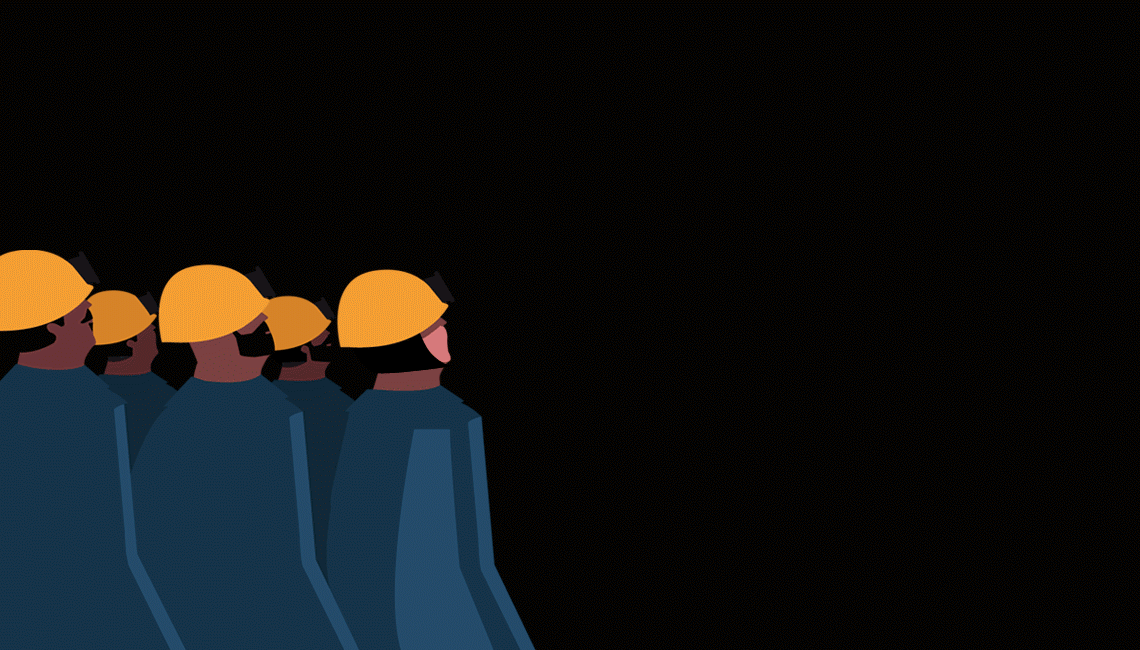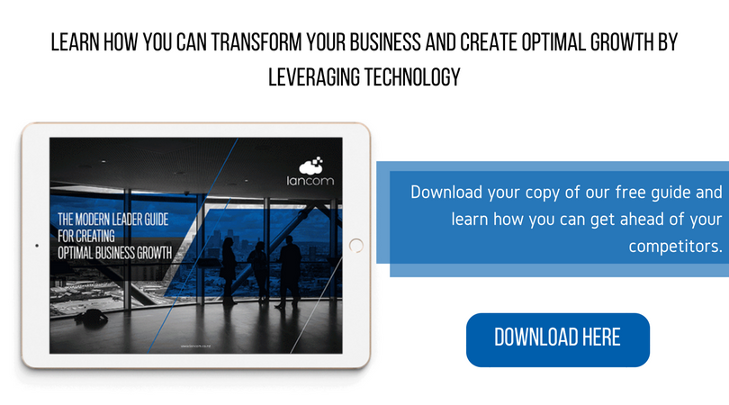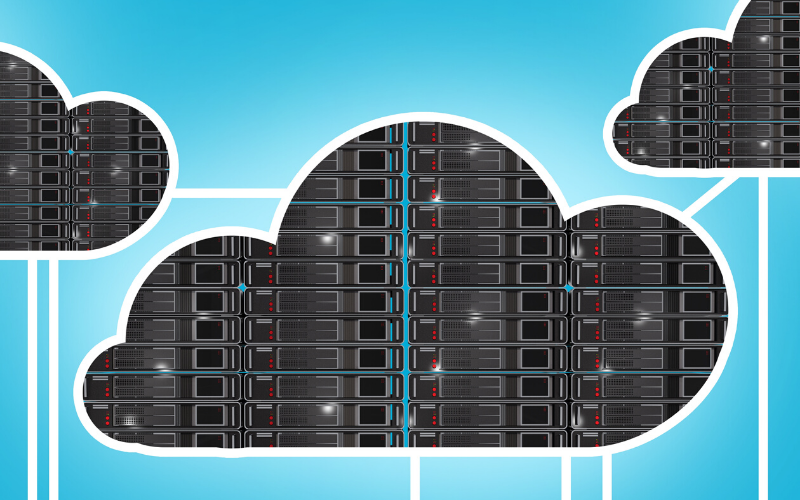With all the advances in technology over the last three decades, the discovery of blockchain technology has arguably been one of the greatest, and most disruptive discoveries yet.
Blockchain is inherently difficult to comprehend, because to understand blockchain technology, we need to adopt a new understanding of certain technologies and terms... but that's where we come in!
Due to the hype, and prevalence blockchain technology is set to play in our future, we want to demystify what it is, and how it will affect business.
A breakdown of blockchain
Blockchain, is best understood through analogy. So, we will explain the functionalities of blockchain through the recording of medical records:
In the case of medical records, it is important that past recordings cannot be altered. However, at any point, a doctor should be able to add a new entry and update records with new information. Whilst doctors do not have the ability to change past entries (for obvious reasons!), they have a key that allows them to update records, and you (as a patient) have a key to view your public record at any time, allowing for your medical records to be both secure and accessible.
That essentially, is the idea of blockchain.
Foundationally, blockchain is information coded into blocks, with similar blocks of information being linked in a chain of information. These act as a ledger where the information (blockchains) is duplicated, with a copy stored on the devices of each of the members who are a part of the network (the people who the information is relevant to). This information is continually updated, and once it has been recorded, it cannot be removed or undone.
To ensure the information recorded is accurate, a notification is sent to every member of the group, and there has to be a consensus between the devices before a new recording is made. Additionally, blockchain technology is 100% private, with the identity of each member is hidden through an ID made up of random letters and numbers.
This demonstrates how blockchain decentralises the storage and recording of information. There is no one party (or entity) that has ownership over the information – no one master source of documentation.
In a nutshell, blockchain technology has produced a way to record information that is auditable and indisputable, but it is also more secure, completely private, cheaper and faster than any centralised means.
How do cryptocurrencies come into it?
So that no one cheats the system and record what ever they want, blockchain rewards the devices (people) that work hard to record the correct data onto the blockchain with cryptocurrency. These currencies are built onto the blockchain and can be exchanged for money.

Blockchain technology in business
An industry already using blockchain is supply chain. The global transportation system of goods inherently has many touchpoints, and in turn, a lack of transparency, lack of visibility, along with silos of information due to the paper based recording system. It is estimated that the processing of the documentation for each container shipment costs twice as much as the physical transportation costs.
Blockchain technology reduces the workload (and thus costs), along with increases the accuracy and visibility of processing each shipment, as information can be exchanged and updated in real time between the network. This creates a centralised, highly visible recording system which is updated in real time by each party involved, which can also be viewed by those sending and receiving the shipment.
For example, a bunch of roses are being sent from, say, England to Germany. Typically, this shipment would generate hundreds of pages of documentation as it goes through it's journey. However, with blockchain technology all the information can be stored centrally on blockchain, accessible to anyone, with up to date information available at any time. This significantly reduces the amount of paperwork produced per shipment, along with increasing the visibility to all parties.
With real life examples of blockchain already beginning to change the game, it takes little imagination to see how impactful and disruptive blockchain technology will be across every industry... And this is just the tip of the iceberg.
As always, early technology adapters will reap the greatest rewards. Our experts have penned a guide to generating optimal business growth through technology. You can download your free copy here, and learn how you can take your business to the next level.






